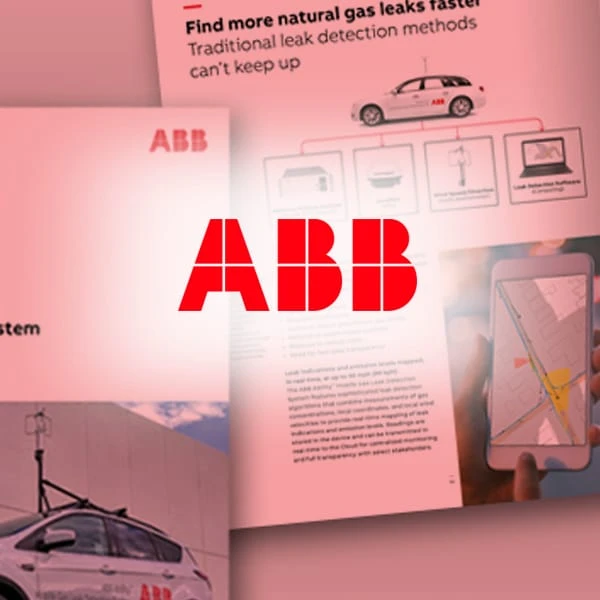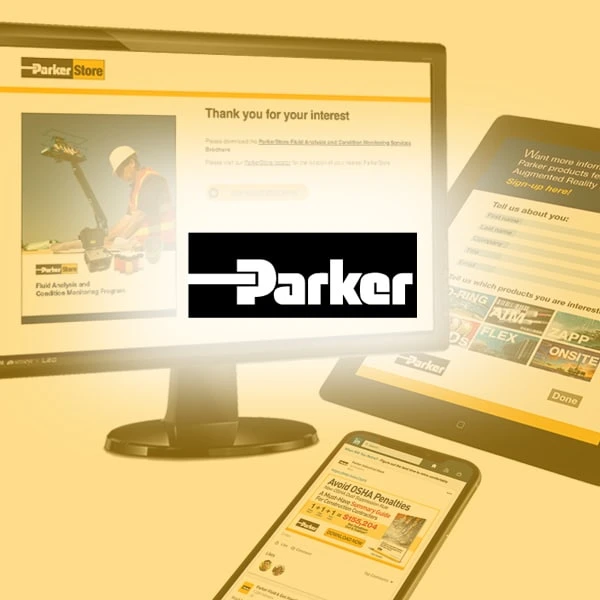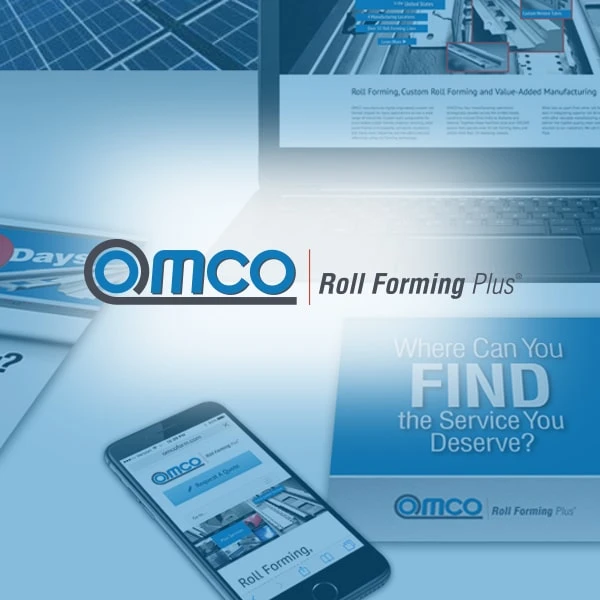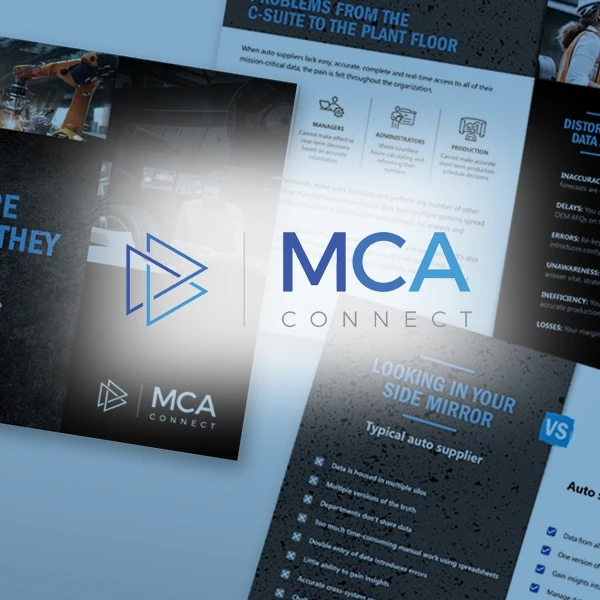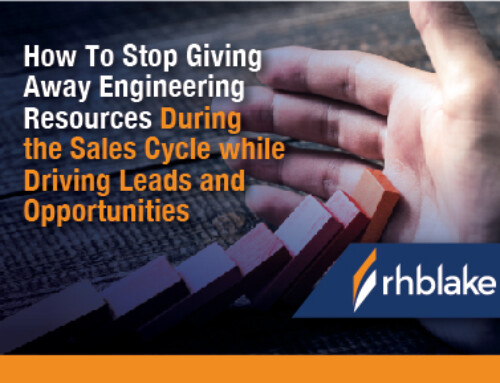Messaging frameworks are foundational to effective marketing for B2B manufacturers and the suppliers who sell into this space. But too often, these messaging frameworks fail to differentiate meaningfully.
Unlocking the Power of Value in Messaging Frameworks
Messaging frameworks are foundational to effective marketing for B2B manufacturers and the suppliers who sell into this space. But too often, these messaging frameworks fail to differentiate meaningfully.
The challenge? Many messaging frameworks stop at identifying what clients care about and what a company can uniquely provide, without taking the next step: determining and prioritizing what actually wins business. Without this clarity, marketing messages blend into the competitive noise, failing to move the needle on results (especially for product launches).
A better approach is to distinguish between three levels of value:
- Value – What clients care about.
- Differentiated Value – What clients care about and what a company uniquely provides.
- Winning Differentiated Value – What clients care about, what a company uniquely provides, and prioritizing what actually drives buying decisions.
By understanding these distinctions, B2B manufacturers refine their messaging to resonate more powerfully with their audience and drive measurable outcomes.
1. Value: What Clients Care About
Every effective messaging framework starts with identifying what matters to customers. This could include cost-effectiveness, reliability, ease of integration, customer support or regulatory compliance. These attributes form the foundation of a value proposition, ensuring that messaging aligns with the priorities of the target audience.
For example, in the industrial software space, manufacturers might care about seamless integration with existing systems, user-friendly interfaces, and cybersecurity protections. If these elements aren’t present, marketing messages won’t connect with the audience’s pain points.
2. Differentiated Value: What Clients Care About and What You Uniquely Provide
The next level is differentiation—what does the company offer that sets it apart and that customers care about Many companies stop here, assuming that simply highlighting unique abilities or processes or credentials is enough to win business. But differentiation alone does not guarantee success if that differentiation isn’t tied to what customers value —and when. After all, some customers care a great deal about certain elements after a sale (24/7 technical support, or excellent spare parts availability, for example), but how much do those things influence the sale?
For instance, a supplier of Manufacturing Execution Systems might claim differentiation through its 24/7 customer support, modular architecture, or industry-specific configurations. While these factors help set the company apart, they may not be the primary drivers of purchase decisions.
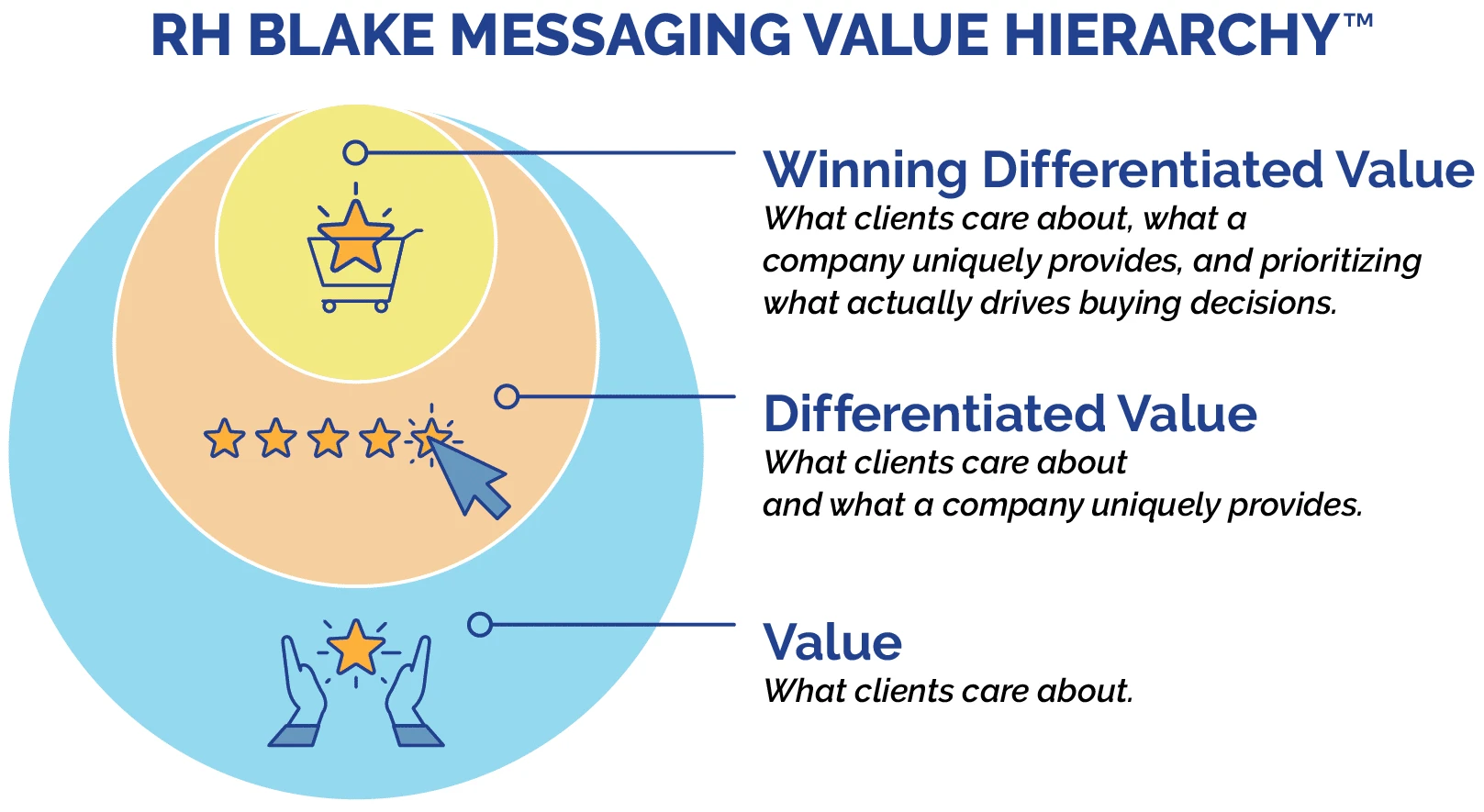

3. Winning Differentiated Value: What Actually Wins Business
The most overlooked yet critical step in messaging is prioritizing the factors that directly influence purchase decisions. Not every differentiator is equally compelling. Some aspects of a solution may be valued but don’t ultimately sway buying decisions.
For example, a manufacturer of industrial inductive proximity sensors might discover that, while clients appreciate ease of use, what actually tips the scales in their favor (signed contracts, in other words) is the application expertise of the vendor, quick ROI, and scalability. If messaging continues to emphasize secondary differentiators over primary decision drivers, it will fail to maximize impact.

Why This Matters
Many B2B manufacturers invest heavily in messaging frameworks that do not sufficiently differentiate between these three levels of value. This is especially true of businesses who manufacture a perceived commodity. As a result, their marketing strategies lack focus, failing to convert leads into customers effectively. A well-structured messaging framework must not only identify what you uniquely provide and that matters to customers, but should also validate and prioritize messaging around what truly drives purchasing decisions.


Conclusion
Messaging frameworks must evolve beyond simply cataloging value propositions. To drive marketing success, they must segment value into clear categories: what customers care about, what customers care about and that the company uniquely provides, and—most importantly—what actually wins business. By implementing this structured approach, B2B manufacturers can ensure their marketing efforts are both compelling and effective, ultimately improving conversion rates and market positioning.
By the way, if you are a B2B manufacturer or a supplier into this space, and if you need help with your messaging, let’s talk.


"You guys met our expectations in every way. It [RH Blake Market Research] was the information we were looking for. Congratulations and Thank You!"
 Scott Griggs
Scott Griggs
Director of Services for Food Manufacturing and Food Service
ALS Global

"“I’ve gotten all that I’d hoped for from the RH Blake Growth Roadmap™ and more. Based on the research and insights, we adjusted our offering scope and sales approach. And this adjustment has been effective at generating new opportunities."
 Diane Reko
Diane Reko
President
REKO International

"RH Blake has been an outstanding partner. They deliver creativity, on time, and always so professional. We love working with them because of their perspective, support, and their efficiency in turning projects around quickly."
 Samantha Spano
Samantha Spano
Digital Product Marketing & Communications Manager
Industrial Automation Energy Industries
ABB

Industrial Marketer’s Guide to Creating an Effective Marketing Program
147 pages of actionable ideas to help you create a winning marketing strategy and program

Industrial Marketer’s Guide to Creating an Effective Marketing Program
147 pages of actionable ideas to help you create a winning marketing strategy and program
Related Clients



